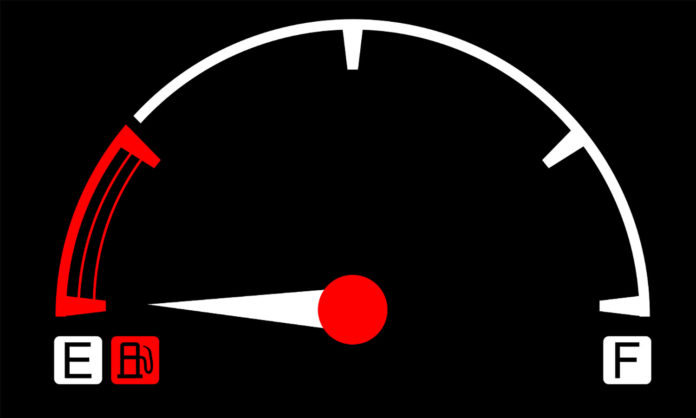
We read lots of advice for writers about cutting the flab from their stories, but we don’t often hear about those times when you haven’t done quite enough. In a post on Writer’s Digest, Moriah Richard says that sometimes writers end their stories too soon.
“When it comes to the pacing of your work, you have to give just as much love and care to the end as you do to the beginning or to the climax,” Richard says. “Neglecting your ending will frustrate your readers and might even make them feel like they’ve wasted their time.”
Richard says you can avoid this problem by paying attention to all aspects of the three-act structure. In the third act, you have the point prior to the climax, the climax, and the falling action. [ed. note – we hate formula and too-strict adherence to pre-established structures, but it’s good to know how the rules work so you can break them.]
Act III is where your big moments happen – the final confrontation, the peak emotional moments. However, many writers skimp on the parts that happen after – what is known as the falling action. It’s a natural mistake – we’ve written all the fun parts and you don’t want to beat your readers over the head with a moral. Why not wrap it up and let everyone go home?
Because your readers need an emotional off-ramp, that’s why. The falling action is where you take a breath, wrap up some loose ends, and reinforce your theme. The pace slows. You get to linger with characters and settings. Not every story should follow the three-act structure, but most will benefit from an ending that isn’t too abrupt.











